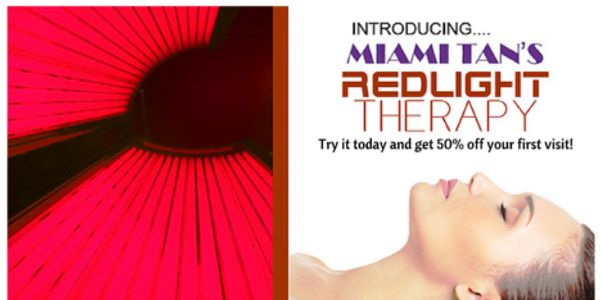Indoor tanning includes using artificial sources of ultraviolet (UV) radiation, such as tanning beds, sunbeds, or tanning booths, to realize a tan. While some folks go for indoor tanning for beauty reasons, it is important to concentrate to the potential dangers associated with this apply. Here's an in depth overview of the ins and outs of indoor tanning:
The Process:
Tanning Beds: Tanning beds emit UV radiation, primarily UVA and UVB rays, which simulate the sun's pure mild. UVA rays penetrate the pores and skin deeply, while UVB rays affect the floor layers, resulting in the production of melanin and the darkening of the pores and skin.
Tanning Lotions: Some people use indoor tanning lotions or accelerators that contain ingredients to boost melanin manufacturing, doubtlessly leading to a faster and darker tan. These lotions typically include moisturizers and bronzers.

Risks and Concerns:
Skin Cancer: The most important threat associated with indoor tanning is an elevated threat of pores and skin cancer, including melanoma, squamous cell carcinoma, and basal cell carcinoma. Even occasional use of tanning beds can significantly elevate this threat.
Premature Aging: UV radiation can accelerate the growing older means of the skin, resulting in wrinkles, nice lines, age spots, and lack of pores and skin elasticity.
Eye Damage: UV rays can damage the eyes, rising the danger of cataracts, macular degeneration, and different eye conditions.
Weakened Tanning Spa NYC : Excessive UV publicity weakens the immune system, making it tougher for the body to struggle off illnesses and infections.
Addiction: Some people might develop a psychological dependence on indoor tanning, resulting in extreme and harmful tanning behaviors.
Regulations and Guidelines:
Age Restrictions: Many nations and states have age restrictions for indoor tanning, aiming to protect minors from the dangers related to UV publicity.
Warning Labels: Tanning beds are sometimes required to have warning labels in regards to the potential risks of indoor tanning.
Safer Alternatives:
Sunless Tanning Products: Sunless tanning lotions, sprays, and lotions present a tan with out UV exposure. They contain dihydroxyacetone (DHA), which interacts with the skin to produce a temporary tan.
Professional Spray Tanning: Some salons supply spray tanning providers where a technician applies a tanning solution evenly on the pores and skin, providing a tan without UV exposure.
Conclusion:
While indoor tanning may offer a temporary beauty answer for achieving a tan, the related health dangers can't be ignored. It's essential to prioritize your pores and skin's health and consider safer alternate options if you desire a tan. Protecting your pores and skin from excessive sun exposure, wearing sunscreen, and embracing pure pores and skin tones are essential for overall well-being..
